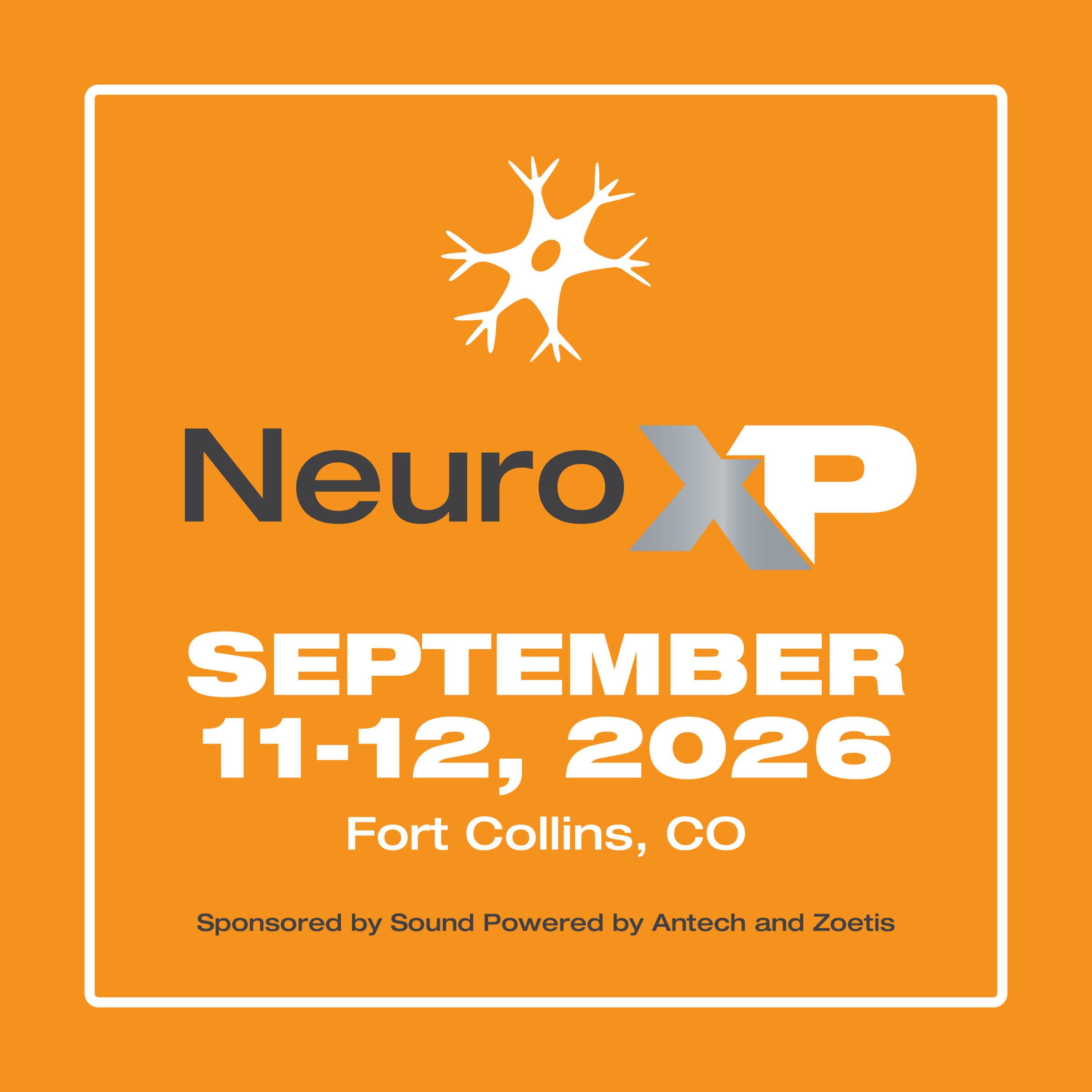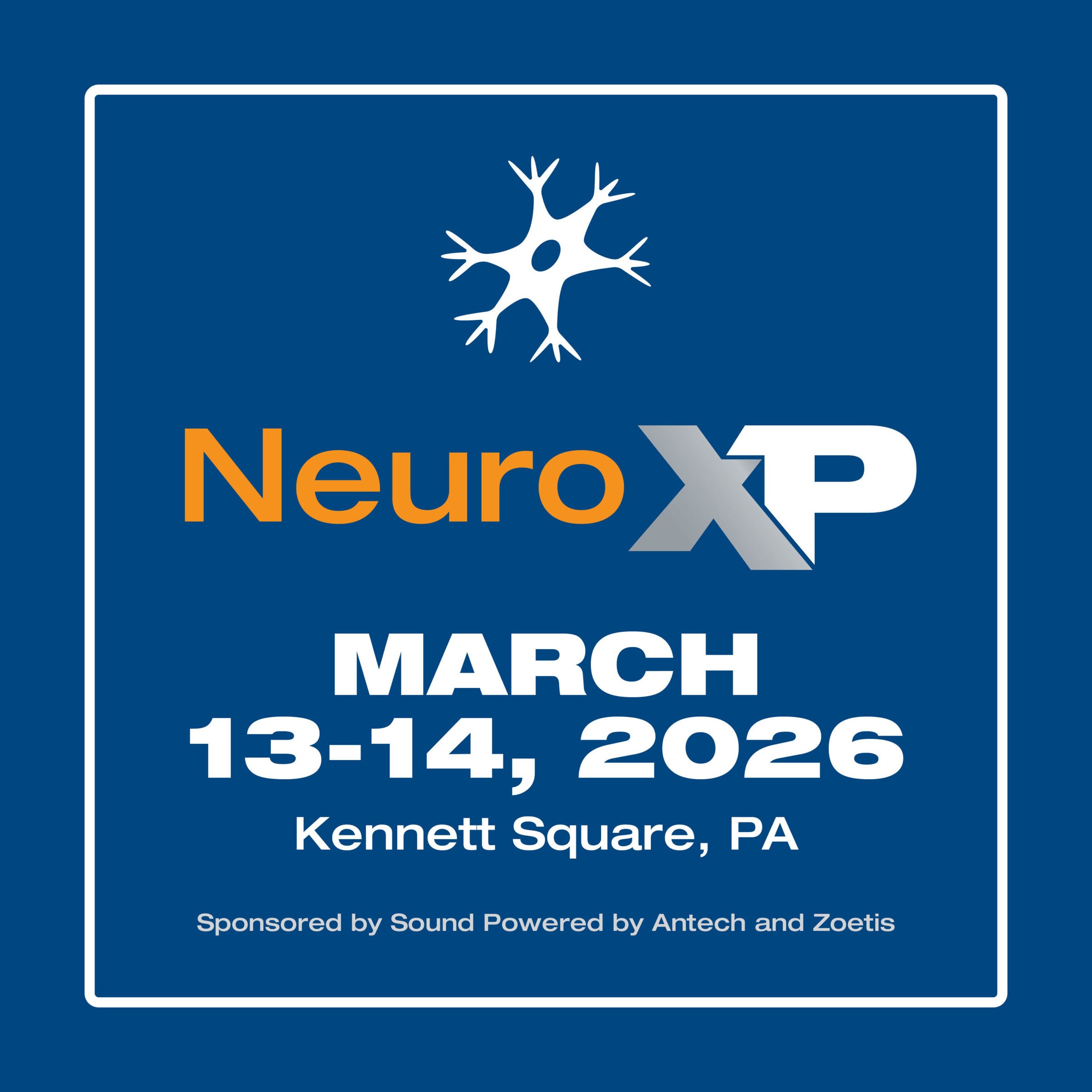Educational Program
Day 1: Focus on the Foot
Lectures
8:00 - 8:15 a.m.
Introductions - Dr. Margo Macpherson
8:15 - 9:05 a.m.
Overview of the available imaging modalities for use in the foot and strengths and weakness of each - Dr. Kate Bills
9:10 - 10:00 a.m.
Ultrasound and radiographs of the foot region with comparison to other imaging modalities - Dr. Sydney Gibson
10:00 - 10:15 a.m.
Break
10:15 - 11:05 a.m.
Multimodality case-based talk - Drs. Myra Barrett, Kate Bills, Lindsay Deacon, Sydney Gibson and Carter Judy
11:10 - 11:25 a.m.
Antech/Sound sponsor representative comments - Mr. Scott Giebler, Brenda Wilson, Randi Pomrehn
11:30 a.m. - Noon
Transport to San Dieguito Equine Group
Noon - 1:00 p.m.
Lunch
Labs
1:00 - 5:30 p.m.
4 stations @ 60 min. each; rotate; 30-min. break after 2 rotations (1:00 - 5:30 p.m.)
Station 1: Limbs for prosection, dissection and injections
Including specimens to practice injections (distal interphalangeal joint, navicular bursa, proximal interphalangeal joint)
Station 2: Ultrasound examinations (foot and limited pastern) – 2 stations
- Normal horse ultrasound examination
- Affected horse ultrasound evaluation (cases will vary based on availability)
- Podotrochlear pathology
- Deep digital flexor tendon pathology in pastern region
Station 3: Radiographic findings – foot
- Optimizing foot radiographs (live horses), specialized projections including additional navicular skylines
- Radiograph-guided navicular bursa injections on cadaver limbs
- Case-based discussion of radiographic findings of the foot
Station 4: Interactive multimodality case rounds
Clinical exam findings, ultrasound, radiographs, MRI, PET
5:30 - 6:00 p.m.
Wrap up/Question and Answer session
6:30 - 9:00 p.m.
Salsa and Guacamole making challenge - Lakehouse Resort
Day 2: Focus on the Metatarsus/Tarsus
8:00 -8:15 a.m.
Recap of Day 1 - Drs. Myra Barrett, Kate Bills, Lindsay Deacon
8:15 - 9:05 a.m.
Overview of the available imaging modalities for use in the metatarsus/tarsus and strengths and weakness of each - Dr. Sydney Gibson
9:10 - 10:00 a.m.
Ultrasound and radiographs of the metatarsus/tarsus with comparison to other imaging findings - Dr. Myra Barrett
10:00 - 10:15 a.m.
Break
10:15 - 11:05 a.m.
Multimodality case-based talk - Drs. Myra Barrett, Kate Bills, Lindsay Deacon, Sydney Gibson and Carter Judy
11:10 - 11:25 a.m.
Zoetis sponsor representative comments - Dr. Jeff Hall
11:30 - Noon
Transport to San Dieguito Equine Group
Noon - 1:00 p.m.
Lunch
Labs
1:00 - 5:30 p.m.
4 stations @ 60 min. each; rotate; 30-min. break after 2 rotations (1:00 - 5:30 p.m.)
Station 1: Limbs for prosection, dissection and injections
Including specimens to practice injections (distal tarsal joints and subtarsal regions for blocking; Tarsal sheath)
Station 2: Ultrasound examinations (proximal suspensory ligament, tarsus, tarsal sheath) – 2 stations
o Normal horse hindlimb ultrasound examination
o Affected horse hindlimb ultrasound examination (cases will vary based on availability)
- Hindlimb suspensory ligament pathology
- Distal tarsal osteoarthritis (osteolytic, plantar especially helpful)
- More advanced techniques (ie, identifying anisotropic findings)
Station 3: Radiographs of the hindlimb
o Optimizing tarsal radiographs (live horses)
o Case-based discussion of radiographic findings of the hindlimb
Station 4: Interactive multimodality case rounds
o Clinical exam findings, ultrasound, radiographs, MRI, PET
5:30 - 6:00 p.m.
Course wrap-up, final question and answer session
6:30 p.m.
Dinner on own
- Amalfi Cucina Italiana (onsite)
- Brickmans Restaurant and Bar (onsite)
- Double Peak Brewing (San Marcos)



